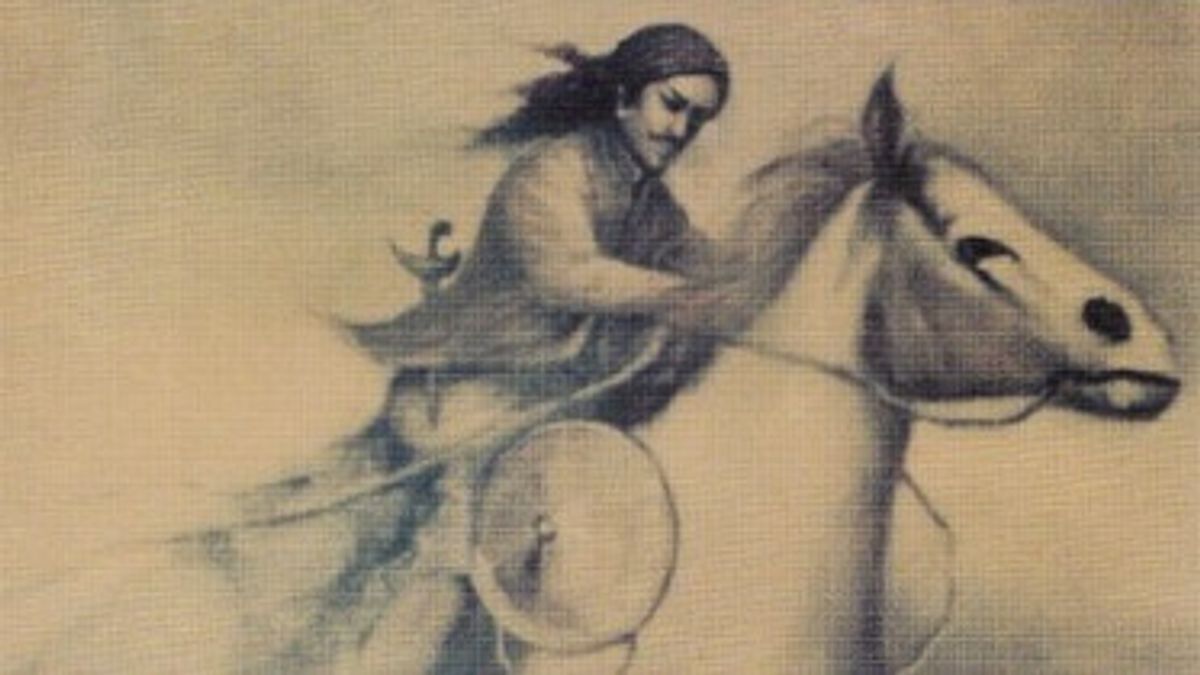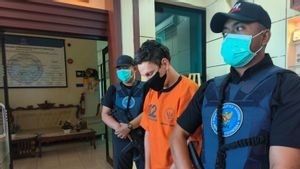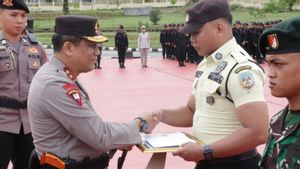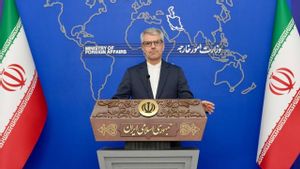JAKARTA - On March 24, 1792, Prince Mangkubumi or Sri Sultan Hamengkubuwana I passed away. Hamengkubuwana I is the son of Sunan Amangkurat IV - who is the King of the Kartasura Sunanate - along with his concubine named Mas Ayu Tejawati.
Sri Sultan Hamengkubuwana was born on the night of Wednesday Pon or August 4, 1717 AD. Mangkubumi was crowned king in Yogyakarta on October 11, 1755 with the name and title Sri Sultan Hamengkubuwana I.
Citing the journal Influence of Sri Sultan Hamengku Buwono I on the Karawitan Art of the Yogyakarta Palace by Raharja, the title 'Sultan' is intended to show the characteristics of being the ruler of a kingdom whose religiosity is based on Islam. Meanwhile, 'Hamengkubuwana' is intended to identify himself as Lord Vishnu or Arjuna, one of the great heroes in the Mahabarata epic who is also considered the incarnation of Lord Vishnu.
Mangkubuwana received the title after the Giyanti Agreement. The Giyanti Agreement was an agreement that divided the Islamic Mataram Kingdom into two, namely the Surakarta Sunanate under the rule of Sunan Pakubuwono III and the Yogyakarta Sultanate under the rule of Sri Sultan Hamengkubuwana I.
Sultan Hamengkubuwana I then built the city of Yogyakarta as the capital of the Yogyakarta Sultanate. Sultan Hamengkubuwana I built the city of Yogyakarta so unique and distinctive.
Hamengkubuwana I was considered a versatile artist and succeeded in organizing Yogyakarta by constructing various monumental structures and buildings. Each building has a symbolic meaning that contains wisdom values.
The resistance of Prince Mangkubumi and Raden Mas SaidLong before Prince Mangkubumi became king, one day he had a competition made by Pakubuwono II. In the competition, Pakubuwono II promised three thousand hectares of land to anyone who could put down Raden Mas Said's rebellion.
Raden Mas Said is the son of Arya Mangkunegara, Pakubuwono II's younger brother. Raden Mas Said's rebellion stems from his restlessness at Pakubowono II's attitude which placed him as a lowly aristocrat in the Mataram Kingdom.
Raden Mas Said felt he had the right to the position of Prince Sentana. Raden Mas Said left the palace.
He staged a rebellion which upset Pakubuwono II. The rebellion was what made Pakubuwono II hold a contest.
The contest was welcomed by Prince Mangkubumi. However, after successfully suppressing Raden Mas Said's rebellion, Pakubuwono II only handed over a land prize of one thousand hectares.
This was because Pakubuwono II was instigated by the VOC who said that the prize of three thousand hectares of land was too much. The breach of the agreement made Pangeran Mangkubumi furious, then turned around and joined Raden Mas Said in rebelling.
Pangeran Mangkubumi and Raden Mas Said expanded the resistance in the Mataram region to East Java and Central Java. They both also managed to win battles in various areas and burned several houses and threatened the palace.
Quoting Kompas, Mangkubumi's resistance ended when the VOC entered into a peace agreement. This agreement was implemented in February 1755 and is known as the Giyanti Agreement.
Prince Mangkubumi received the title of Sultan and ruled over the Sultanate of Yogyakarta. Meanwhile the Surakarta Sunanate was still led by Pakubuwono.
Raden Mas Said's resistance died down when the Salatiga agreement was made. The agreement contained the VOC and Pakubuwono III giving Raden Mas Said the Kadipaten Pura Mangkunegara and giving him the title Pangeran Adipati Arya Mangkunegara.
The experience of Mangkubumi or Hamengkubuwana I in winning the seat of king gave him a character who has character, assertiveness, opinion, and authority. Mangkubumi stated that it was necessary to build the character of an independent, decisive, dignified, dignified, and noble royal government.
When Pakubuwono III was friendly with the Dutch, Mangkubumi chose to be more assertive and even opposed the Dutch. Therefore, until now the figure of Hamengkubuwana I is known as someone who has patriotism, wisdom and courage.
* Read other information about HISTORY OF NUSANTARA or read other interesting writings from Putri Ainur Islam.
BERNAS OthersThe English, Chinese, Japanese, Arabic, and French versions are automatically generated by the AI. So there may still be inaccuracies in translating, please always see Indonesian as our main language. (system supported by DigitalSiber.id)












